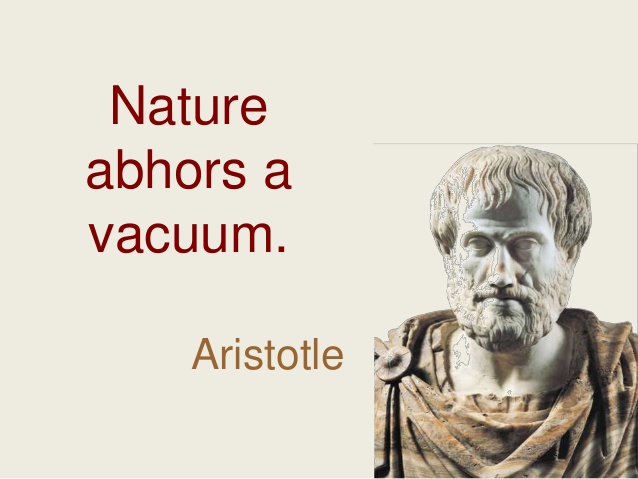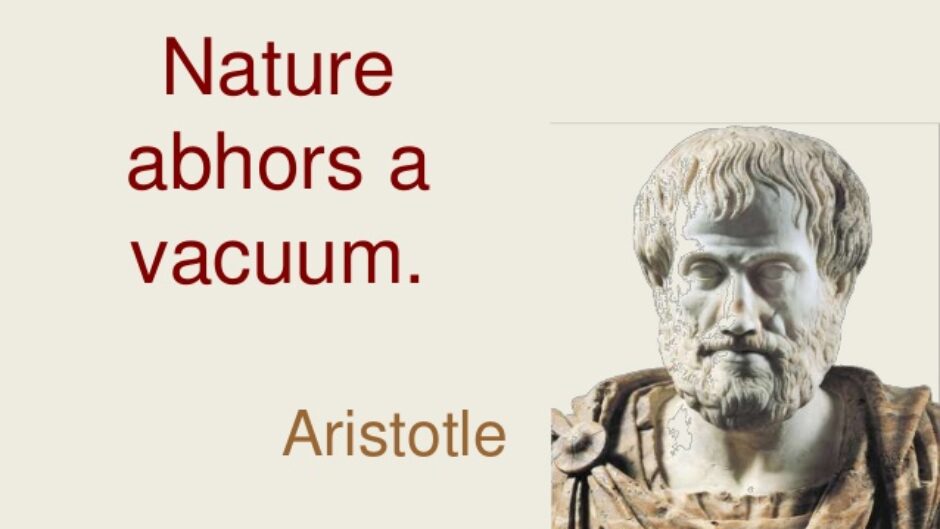
Aristotle stated 2,000 years ago that Nature abhors a vacuum. The theory is that the denser surrounding material would immediately fill the rarity of an incipient void. (See the Wikipedia article about this theory here).
The same statement could be easily translatable to leadership. In the absence of authentic leadership, others will pick up the leadership mantle themselves — be it lay leaders or staff members. I wrote an article about the V-formation of leadership a few years ago here. In my 25-plus years in the fundraising world, I have found that when a real leadership vacuum exists, it is usually due to an older style of leadership that no longer resonates with staff and volunteers.
Today’s (successful) institutions thrive on collaboration and nurturing of talent. In the olden days of a purely hierarchical leadership style, the decisions made had a dictatorial tone, with little input from others. This is a huge generational issue, folks!
Different Generations of Leadership
When my parents went to university, there was a strong emphasis on individual achievements. In today’s world, you would be hard-pressed to find a graduate who did not spend large quantities of time collaborating on group projects, learning group dynamics, and sharing responsibility. It is indeed a brave (not so) new world.
Many times I have encountered the infamous paralysis as a result of analysis by leadership. Many organizations sit and wait for the entire situation to unfold in front of them. Leaders have never been comfortable letting someone else set their destiny. In the absence of movement, they often assume the reins and accomplish tasks. And, of course, sometimes they are wrong. But wouldn’t you want to be part of an organization that has a vision and perhaps is unable to fully execute the initiatives to achieve that mission than be part of an organization that has a ‘wait and see’ mentality?
Vacuum as a Pause
Getting back to the concept of when nature abhors a vacuum, I think of a vacuum as a pause button. Nothing moves forward in a vacuum (for the physicists reading this, please don’t go off on me). It is quite often that other things get sucked in when there is a vacuum. Specifically resources — both time and money. Over the years, I have seen some fantastic colleagues assume the responsibilities of leadership without actually being the appointed leader themselves. Sometimes it works well, and the leader-in-a-vacuum is rewarded for surrounding themselves with such capable people. Other times (usually due to the leader-in-a-vacuum’s personal insecurities), an adversarial relationship occurs that is practically impossible to recover from.
I honestly believe we can avoid this situation. How? By having collaborative, open, transparent, and respectful conversations with staff and volunteers. After all, there is (likely) an altruistic reason that they associate with your organization — one that transcends any financial reward.
Until next week.
L’chaim
jack




